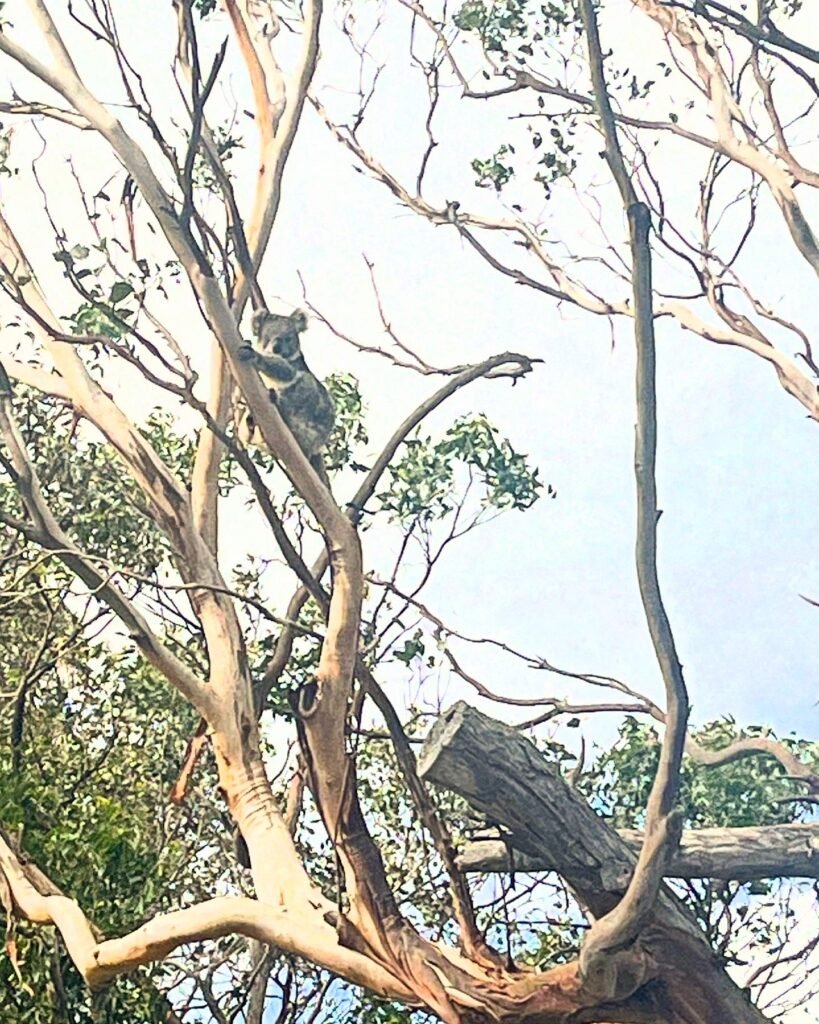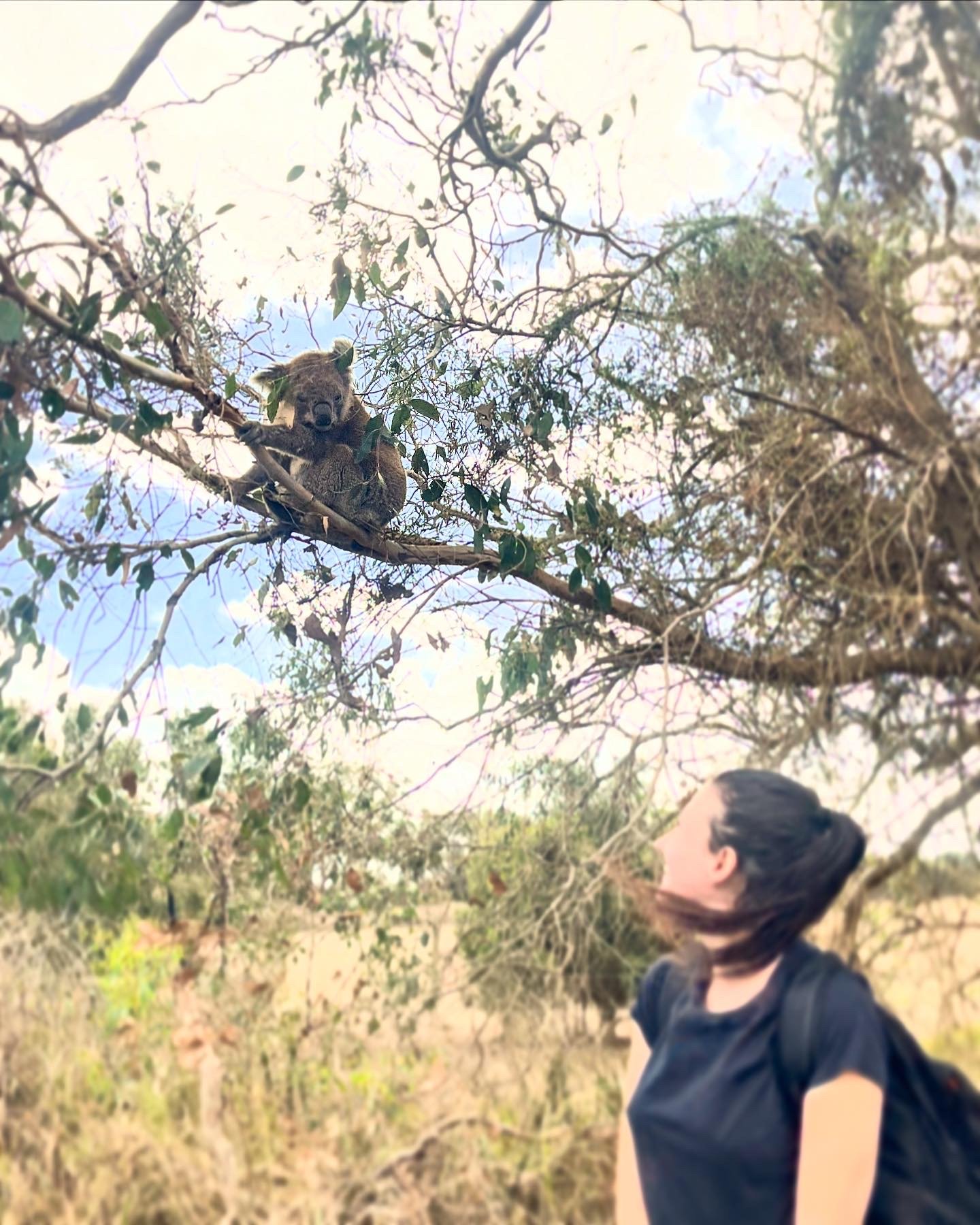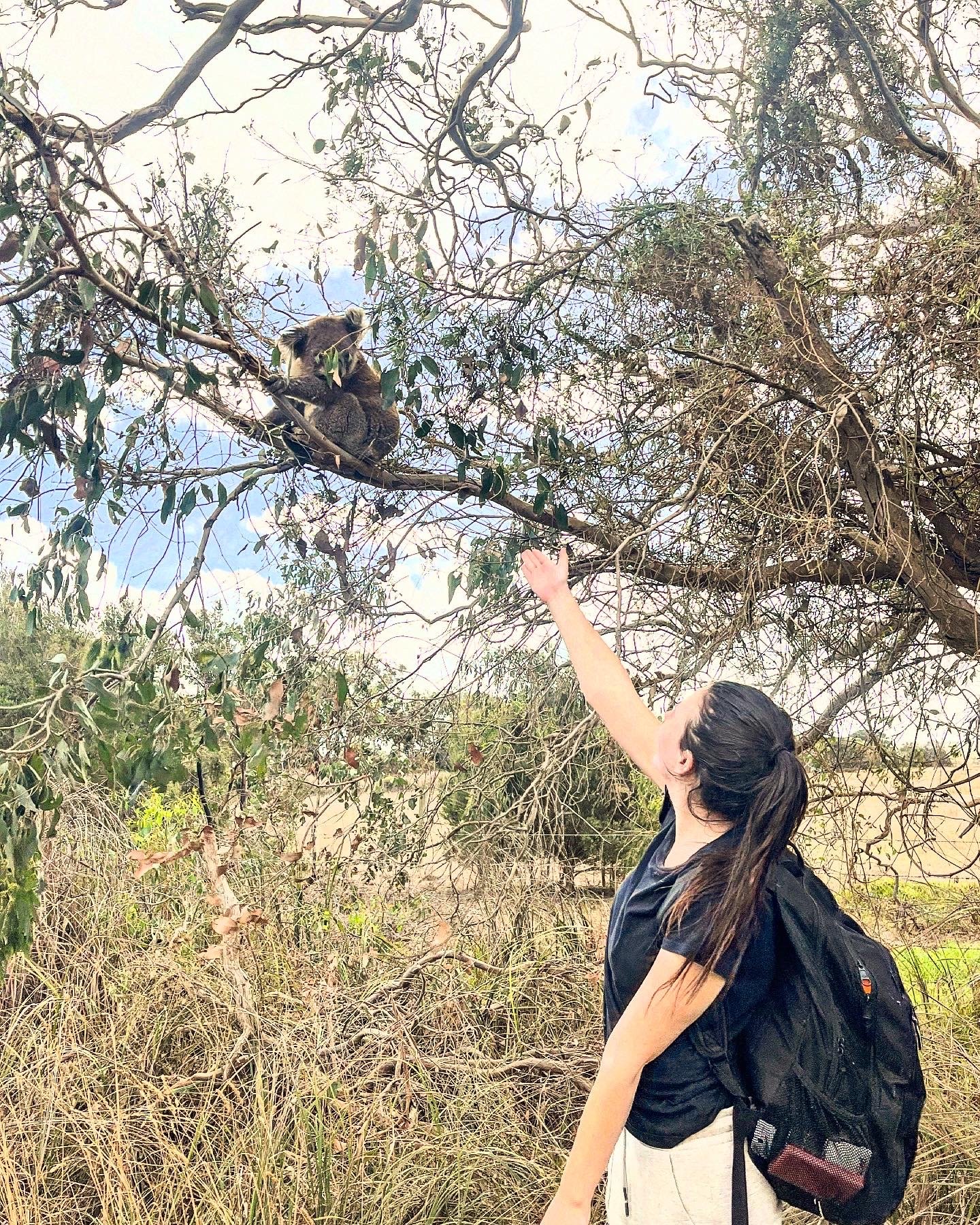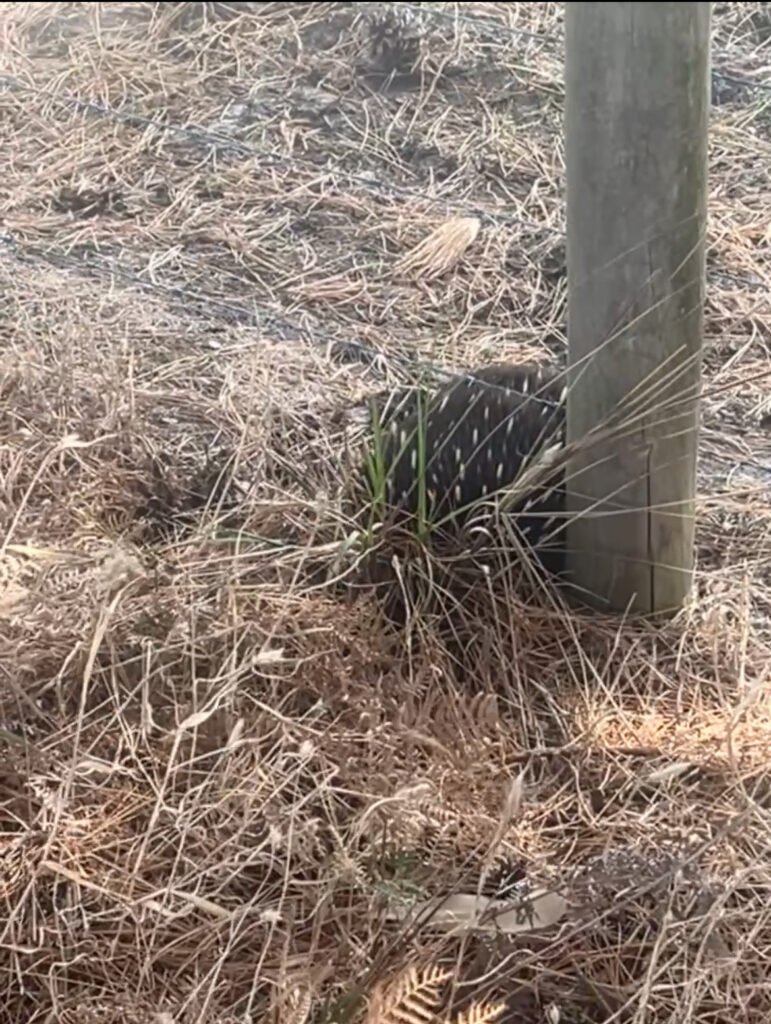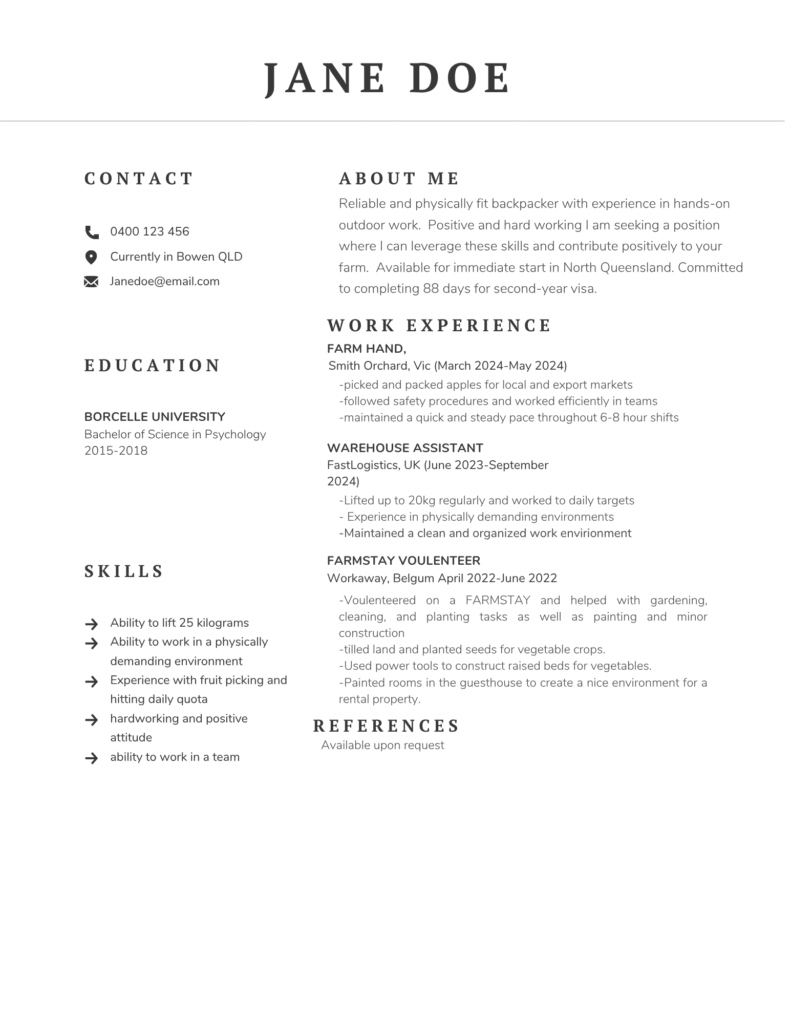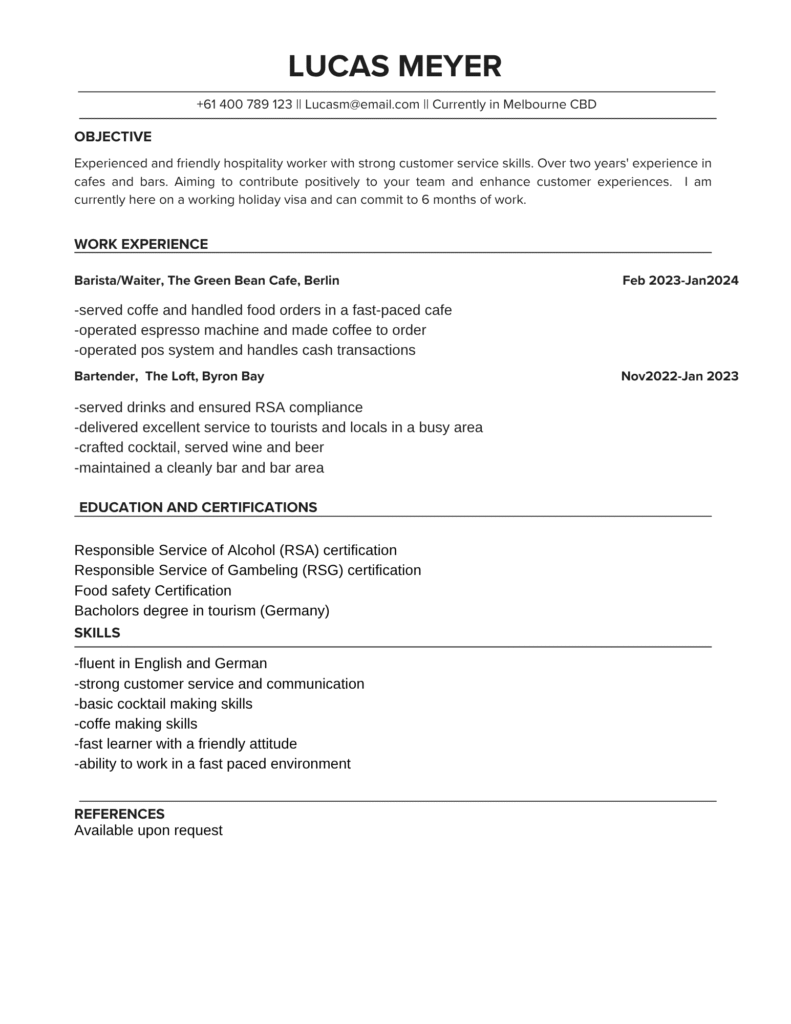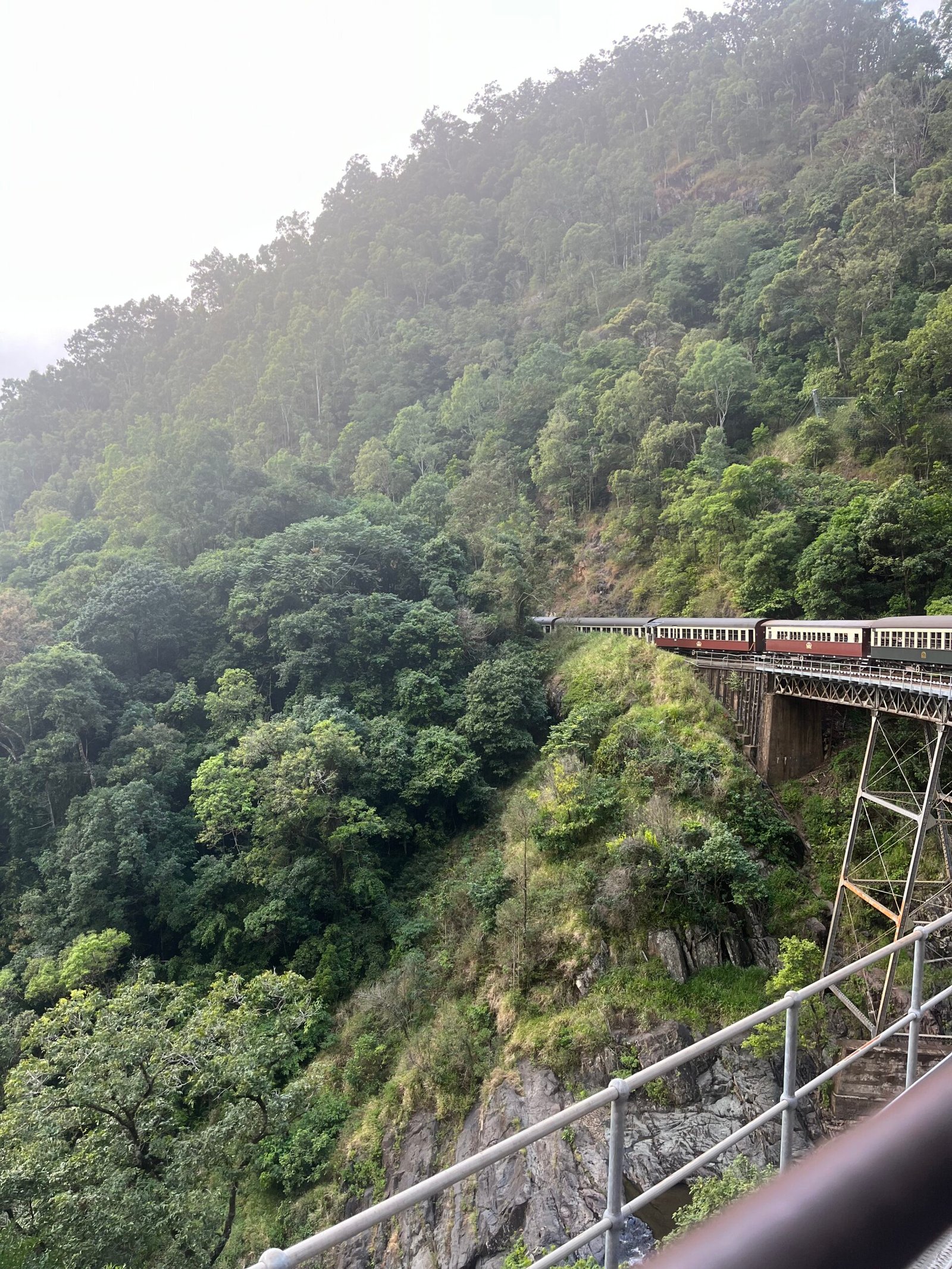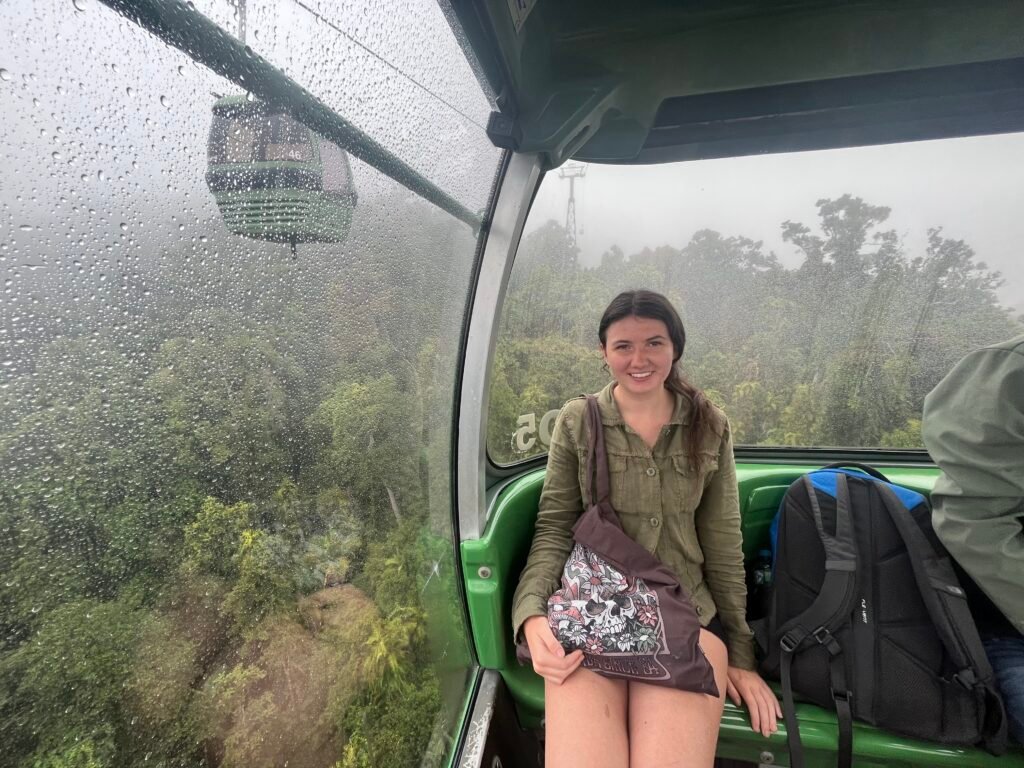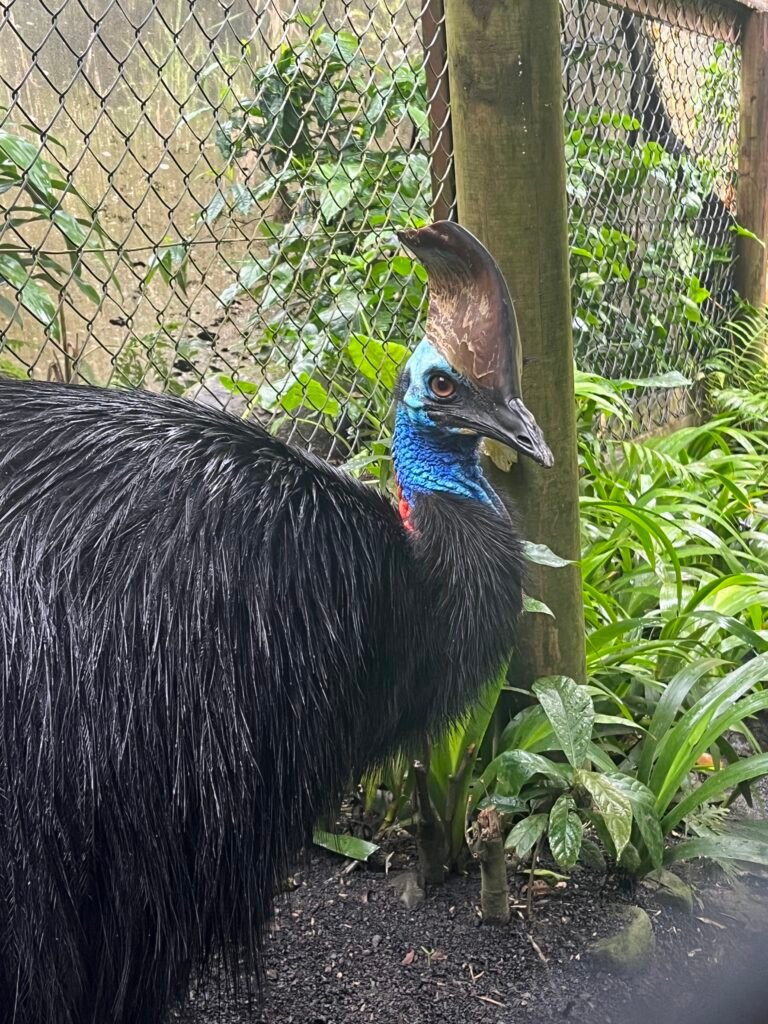Itinerary for a two night and 3 day trip to French Island’s free Fairhaven Campground
As a low budget backpacker who spent some time settled in the Melbourne area I was looking to plan the most affordable camping trip for me and my partner. We had no car and our budget was slim. That’s when we discovered Fairhaven Campground on French Island.
This campground is accessible via a 5k walk from the ferry. The ferry can be reached from the Melbourne public transport network via train. The campground is completely free and the Island is home to Victoria’s largest koala population boasting an estimated 5,000-7,000 koalas. We had a great time although this campground is rustic and requires a bit of advanced planning. After our amazing but not properly planned trip went a bit awry I reflected and came up with this itinerary for the perfect 2 night 3 day trip to Fairhaven campground so you can experience the magic and hit all the highlights without missing a thing.
French island is also great for a day trip if you don’t have time to stay overnight or prefer the comfort of your own bed.
Day 1: Arrival+Setup camp
Getting to French Island
Drive to the Ferry Terminal
Or
Travel via public transportation(this can take a while and requires proper planning) French Island can be reached from The Melbourne CBD or anywhere in Melbourne’s train network. Take the train to Frankston Station and transfer to another train to Stony Point.
From Stony Point take the ferry to French Island. The ferry takes about 15 minutes and costs 32 dollars round-trip.
Hike to Fairhaven Campground
Fairhaven Campground can be reached via a 5 km hike from the jetty. You will need to carry all your camping gear for this distance. Remember to bring water and travel at a reasonable pace.
Lunchtime and Setup Camp
Once you arrive you should have worked up an appetite. Take this chance to setup your gear and take advantage of the free gas powered bbq.
Sunset on the Beach
The campground is conveniently located right on the Beach and makes the perfect location for a stunning sunset as the beach is West facing. After sunset get some early sleep to prepare for a full day of hiking in the morning.
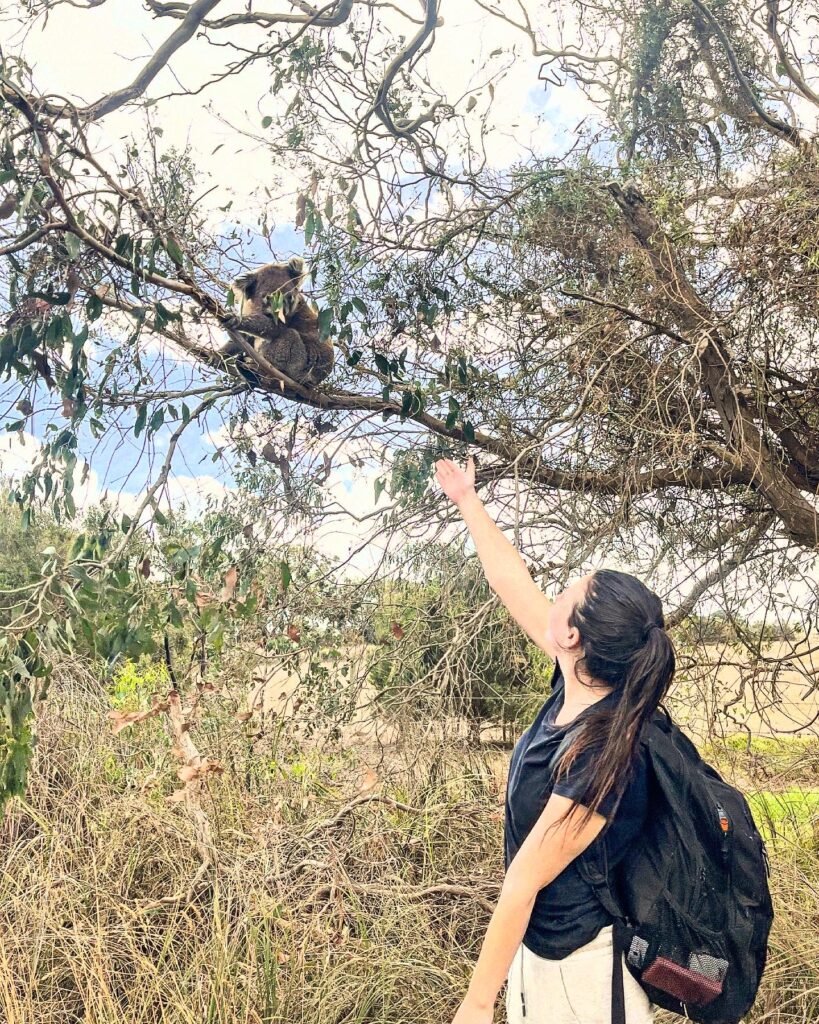
Day 2: Koalas and Exploring
Hike to the General Store
Start your day with a quick breakfast and hike to the store. The general store is quite a ways from the campground so bring lots of water and a few snacks. To avoid the heat it will be best to go in the morning before the sun is high in the sky. Make sure to go your own pace.
Lunch at the General Store
Time for lunch. Grab a bite to eat and maybe a cold beverage at the general store. This store has quite the selection of snacks and picnic tables out front making it a perfect rest area.
Koala hunting
Now the search is on for koalas. Walk up the road past the general store keeping an eye on the branches of the eucalyptus trees. It shouldn’t be long before you spot one of these cuddly fellows. Remember not to touch or harass the wildlife and maintain a safe distance while you fawn over the cuteness and take photos.
Hike Back to Camp
After looking at the Koalas it’s time to hike back to camp. The general store is the only place on the island to buy anything so if you need food or water this is the time to stock up.
Pinnacles (optional)
On your way back you can choose to climb up to the pinnacles lookout. This is a really cool experience if you have the energy. Don’t feel bad if you sit this one out. The koalas are the highlight of the day. To find this hike just follow the signage on your way back.
Dinner and bedtime
After all that hiking you are probably hungry and tired so grab something to eat and call it a night. I also recommend bringing a chill activity like a deck of cards or a good book. This will help you fill in any downtime.
Day 3: Departure
Hike from Fairhaven to the Ferry and Depart
After a full weekend of hiking and camping it’s time to head back. Make sure to leave plenty of time to hike to your ferry.
Tips and safety
- French island is an undeveloped area with no clean drinking water or food shops. This means you will need to bring all the essentials for your stay.
- This campground is not for everyone; in order to camp here, you should be reasonably fit and keen to stay a bit off the grid.
- It can be very hot and some areas have little shade so, be sun safe. Bring sunscreen and a hat. Drink plenty of water.
- The campground is a 5km walk from the ferry. Be prepared to carry your gear round-trip.
- The only toilet is a drop toilet.
- There is a rainwater collection tank you can use for hand washing. It says do not drink however you could bring water purification tablets.
- Don’t underestimate the amount of water you will need to bring.
- The best place to find koalas is near the general store.
- Be sure to make a booking on parks Victoria and read more about the campground from the official website.
- Be mindful of ferry timetables.
- Look out for snakes! Sometimes they sun themselves on trails so maintain a healthy distance.
